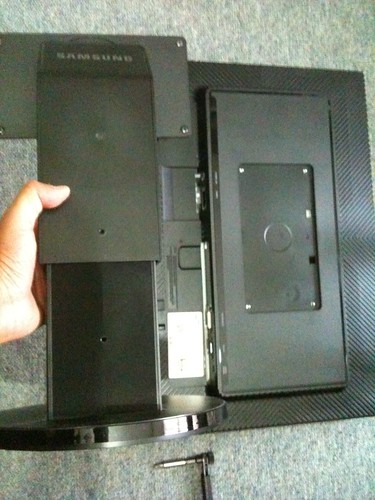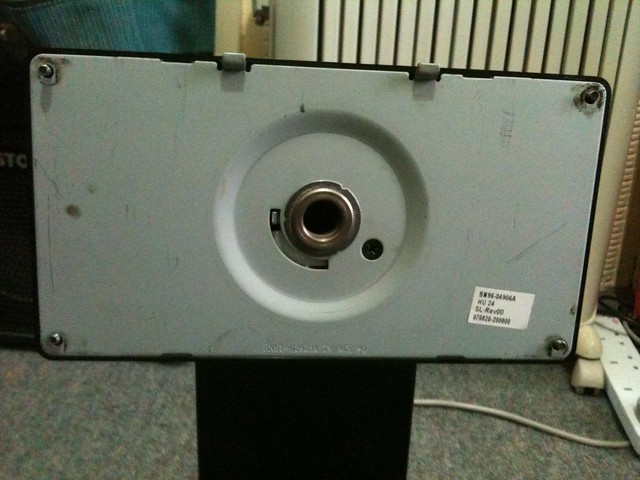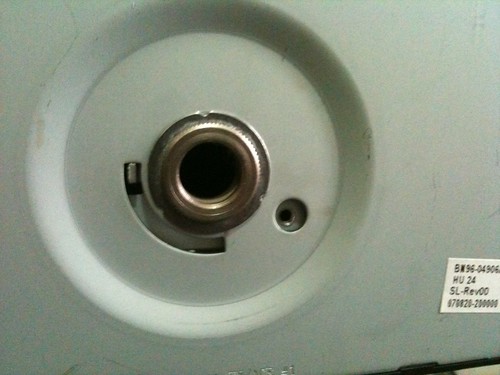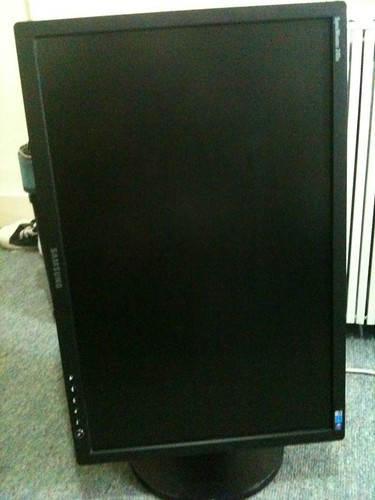I’ll assume you’ve read part 1 in this series of posts, if not take a look now then come back.
Getting ready to build
Once you’ve got 2 identical bodies form one of the Canon models listed in the previous post, you will have to get each camera setup and prepped for stereo 3D shooting. There are probably a few routes towards getting this done, and like software installation there are certain dependencies required for the build process.
Dependencies
To have a fully working 3D rig you will need the following items:
- A trigger mechanism – which is essentially 2 USB cables wired to a power supply
- A Bar or Z-Bar to hold both cameras together
- Identical sized SD / Memory cards for your camera, preferably > 2GB each
It is possible to buy all of the above without any hacking at all – it could save you time and headache.
Twin Bar

2 z-bars for different Canon Camera Models
To be able to shoot 3D – your images need to be on the same horizontal plane as each other. You achieve this by mounting both cameras Side-by-Side to one another on a bar. You could knock something up of your own to do this which would save time if you have the right drill bits, material and camera screws. There are levels of sophistication when it comes to the bar. In some instances it might be necessary to incorporate a z-bar. This is where one camera is inverted. This is due to the nature of lens location on the camera body.
A lot of point and shoot Canon’s have their lens offset to the left or right. This means that the lenses of both cameras when mounted side-by-side are too wide for a natural stereoscopic image. By inverting one camera you can bring the lenses closer together. This is a more expensive route, as you need an engineered bar with the right horizontal spacing and the specific height. If you were to choose this method, it might be better to buy one form the existing geeks that are making them for a wide rande of SDM capable models.
If you have a workshop and like this sort of challenge, it would make a fun project.

Hama Flash bar and screws
The more simpler side-by-side can still achieve good results though and on an budget you could pick up one of those Hama flash bars. Its made of plastic and would allow you to add another camera screw to it. This might not work with all camera bodys. You need to measure the bodies total width. Access to the USB ports can often interfere with this step as well, my Canon A570i rig has this problem and without seriously low-profile angled USB plugs I can’t place the cameras really close, even with a z-bar!
In my next post we will talk about the triggers





